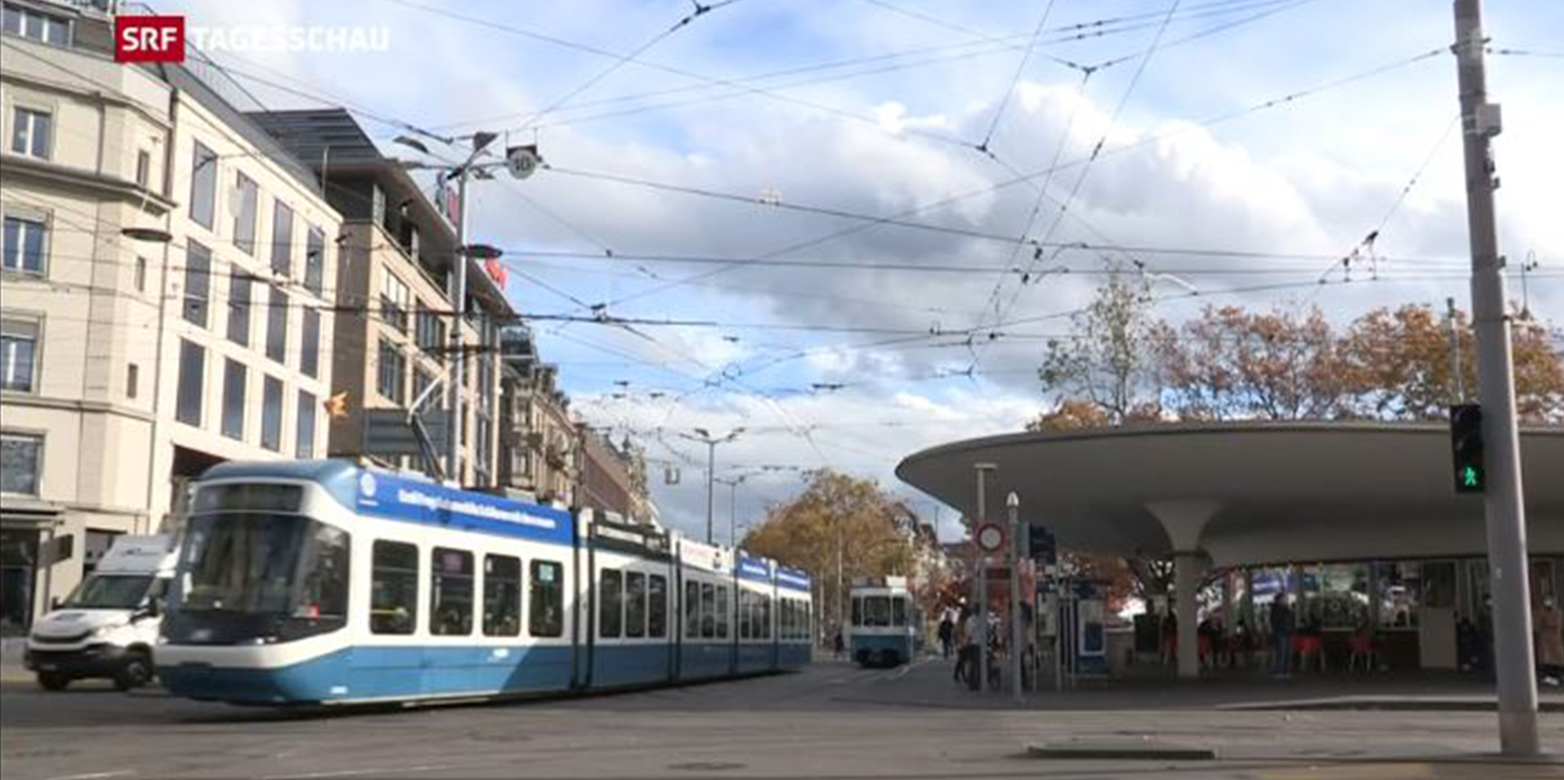Mobility behavior in Switzerland during the COVID-19 crisis
The Swiss Radio and Television (SRF) recently reported on MOBIS: COVID-19 research project, an initiative of ETH Zurich and the University of Basel with the aim of getting a picture of how the pandemic crisis is affecting mobility in Switzerland. The main findings indicate that the population has shifted away from space-efficient large vehicles, such as busses, in light of COVID-19 restrictions. However, car travel and walking have fully recovered in the post-lockdown era.

The coronavirus crisis has changed the way Swiss population moves around. The measures that Swiss government has taken to contain the spread of COVID-19 restricted the way people travel within the country in an almost unprecedented way. Use of public transport has been declined while citizens made greater use of bicycles, as indicated by MOBIS: COVID-19 research project’s results. The ongoing project, which constitutes an initiative of ETH Zurich and the external page University of Basel, shows that trains and buses remain unpopular even during the post-lockdown era, but car travel and walking have both fully recovered.
As soon as the lockdown measures were relaxed, the daily distances covered as well as the number of trips returned to pre-crisis levels, highlights Prof. Kay Axhausen from ETH Zurich’s Institute for Transport Planning and Systems. The project’s findings also demonstrate gender differences in travel patterns. More specifically, women, on average, travel for shorter distances comparing to men. According to Prof. Axhausen, the explanation behind this phenomenon lies in the fact that men tend to travel longer daily distances to work.
- For the full report (available in German), please check the external page SRF homepage.
- For further information on the overall project, please visit the Research Project MOBIS: COVID19 homepage.
- The latest weekly report is available in English.